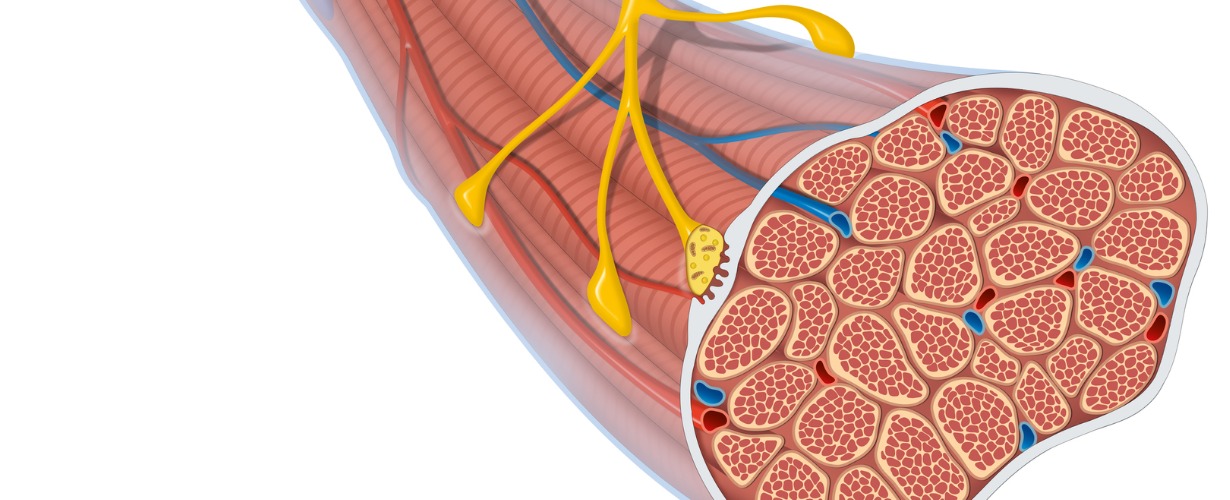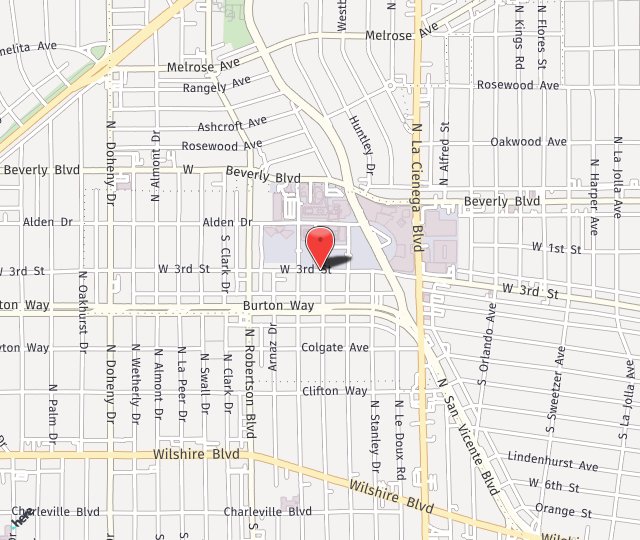Targeted Muscle Reinnervation
Who is a candidate for Targeted Muscle Reinnervation (TMR)?
Patients who are experiencing chronic nerve pain or those who are scheduled to undergo a limb amputation and want to avoid phantom limb pain may be candidates for targeted muscle reinnervation (TMR). TMR is an especially favorable option for chronic pain when the zone of nerve injury is pinpointed through either physical exam or imaging.
What is Targeted Muscle Reinnervation (TMR)?
In a TMR procedure, the damaged nerve is rerouted to a nearby muscle with its nerve ending. The connection between the injured nerve and the muscle is secured with suture and glue. By doing so, the injured nerve is effectively tricked into talking with the muscle rather than signaling pain back to the spinal cord and brain. This approach is analogous to what electricians sometimes call a “bypass” and should help break the pain cycle.
How long is the recovery for TMR?
TMR is performed under general anesthesia and can last several hours. After surgery, the operative area is wrapped in a bulky dressing to protect the nerve connection(s) against motion. For most procedures, patients may only need an overnight hospital stay and are discharged to home on Tylenol, Motrin, and a short course of narcotics. Three weeks after surgery, patients may take off their bulky dressing and begin light activities. Twelve weeks after surgery, patients may resume full activity. Depending on the duration, intensity, and mechanism of damage for the nerve pain, relief may be immediate or can be more gradual and over the course of many months.
Which conditions can be treated with TMR?
TMR is useful in treating Chronic Pain, Abdominal Wall Pain, or for preventing Phantom Limb Pain.


